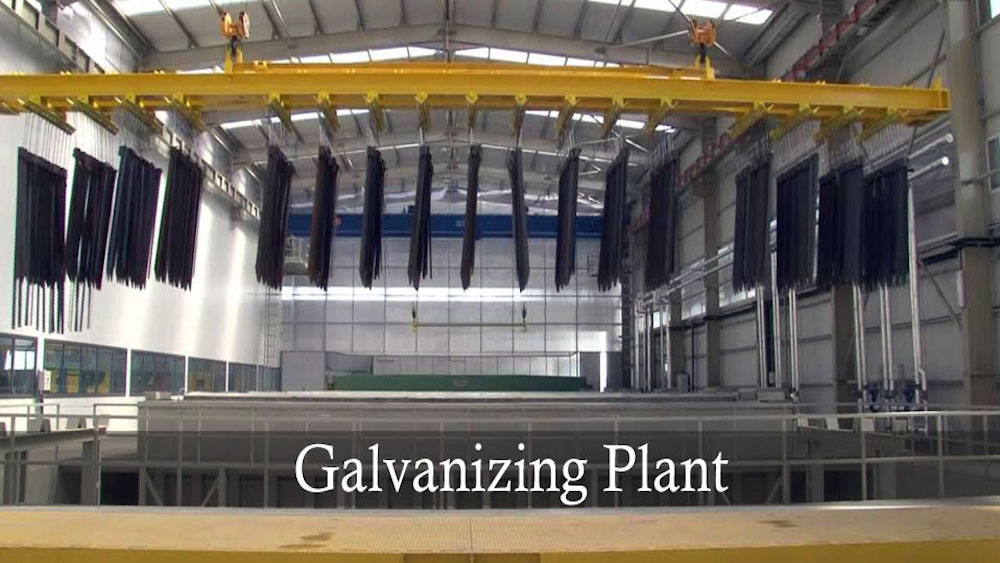
Galvanizing Plant
The galvanizing process involves various temperature changes, and the machines may break down occasionally due to dip time. Additionally, maintaining the optimum pH and temperature ranges and the dip time in each tank is crucial to ensure that the galvanized products meet the required quality standards.
Desired Outcomes:
- Reduce unexpected breakdowns by implementing remote monitoring of the galvanizing process.
- Maintain the optimum pH and temperature ranges to ensure high-quality galvanized products.
- Maintain the optimum sink (dip) time in each of the tanks to prevent any defects in the galvanized products.
To implement IoT in a galvanizing plant, Azile have adopted the following approach:
- Hardware Development: The first step is to develop IoT-enabled hardware that can be installed in the galvanizing plant. The hardware should be capable of collecting data from different sensors and devices installed in the plant. The sensors can be used to monitor the temperature, pH level, and dip time of each tank. The hardware should also be capable of transmitting the collected data to a central server.
- Software Development: Azile can develop software to analyze the collected data and provide real-time alerts to the plant operators. The software should be capable of monitoring the performance of each machine and predicting the likelihood of breakdowns. It should also provide alerts when the temperature, pH level, or dip time goes beyond the optimum range.
- Cloud Integration: Azile can integrate the IoT-enabled hardware and software with a cloud-based platform to enable remote monitoring and control. The cloud-based platform should provide access to live feed data and real-time alerts to the plant operators. It should also enable remote troubleshooting of the machines and allow the operators to control the machines from a remote location.
- Testing and Deployment: After the development of the hardware, software, and cloud-based platform, Wimera can test the system in a controlled environment to ensure that it meets the desired outcomes. Once the system is tested and validated, it can be deployed in the galvanizing plant.
The desired outcomes of IoT implementation in a galvanizing plant are:
- Reduce Unexpected Breakdowns: IoT-enabled monitoring systems can help in identifying machine breakdowns before they occur. The real-time alerts can notify the plant operators about any anomalies in the process, allowing them to take preventive actions before a breakdown occurs.
- Maintain Optimum pH and Temperature Ranges: The IoT-enabled sensors can monitor the pH level and temperature of the zinc bath and provide alerts when they go beyond the optimum range. This can help in maintaining the quality of the galvanized products.
- Maintain Optimum Sink (Dip) Time in Each of the Tanks: The IoT-enabled sensors can monitor the dip time of each tank and provide alerts when it goes beyond the optimum range. This can help in maintaining the consistency of the galvanized products.
IoT implementation in a galvanizing plant can help in reducing unexpected breakdowns, maintaining the quality of galvanized products, and optimizing the production process. Wimera’s approach of developing hardware, software, and cloud-based platform can provide on-premise monitoring systems using IoT, 24*7 live feed data, and real-time alerts to the plant operators.
